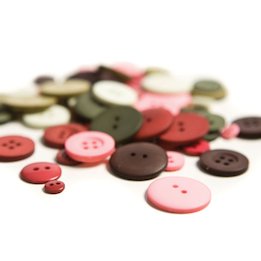Exploring number
Add to My Folder
The early years is a crucial time for laying the foundations of number sense. During the pre-school years, children slowly build a cognitive understanding of number – and the opportunity to explore through sensory and hands on play is essential to this process.

The 2021 Number ELG refers to children having ‘a deep understanding of number, including the composition of each number […] subitise up to 5 and automatically recall number bonds up to 5…’. Terms such as number composition, subitise and number bonds can seem rather grand for the early years, but together they make up the kind of number sense that children need as a foundation for their ongoing mathematical development.
Understanding the terminology
As a starting point, it is helpful for us to be absolutely clear about the meaning of these terms.
Number composition and number bonds
Each number (3, 6, 10) constitutes a set quantity of units (three children, six jumps, ten beads). The composition of a number means how it is made up. For example, 3 is made up of 1+2 or 2+1, and 5 is made up of 1+4, 4+1, 2+3 and 3+2. These pairs of numbers are called number bonds. Knowing the number bonds is important for adding and subtracting.
Subitising
As the ELG states, subitising means being able to recognise a quantity without having to count the items that make up that quantity. The ability to subitise appears to be part of humans’ innate ‘number sense’, and even very young children can often subitise quantities of one, two and three.
Already a member? Sign in below.
Published 16 September 2022
Reviews
You need to be signed in to place a review.